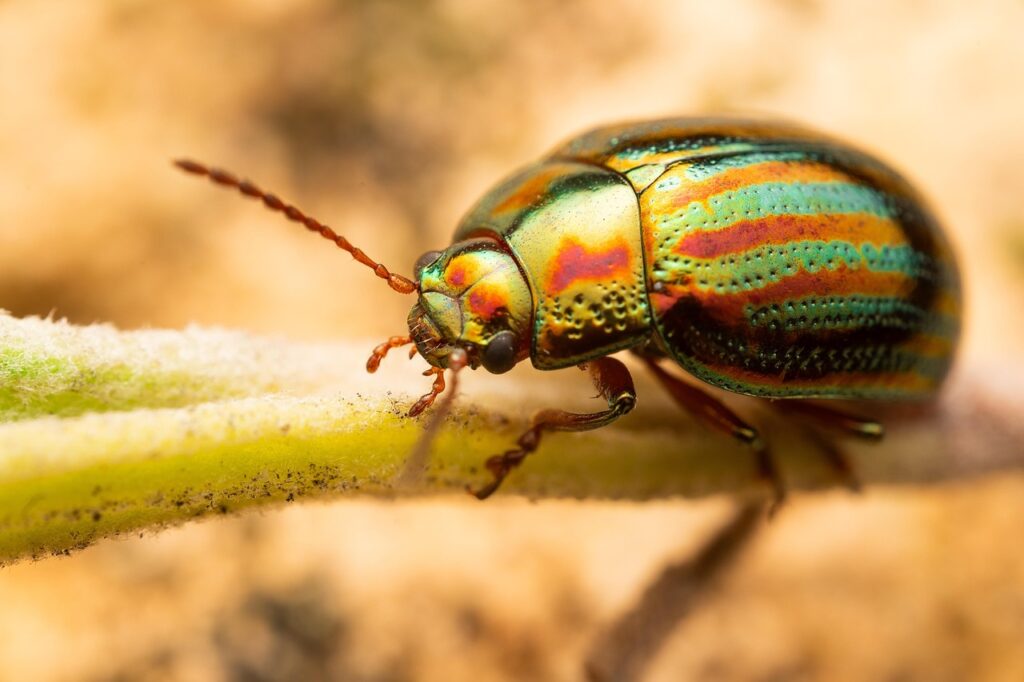When flames roar through forests at temperatures exceeding 1,000 degrees Fahrenheit, most living creatures flee for their lives. But what about the countless insects that call these burning landscapes home? While birds take flight and mammals run to safety, millions of tiny creatures employ one of nature’s most fascinating survival strategies: they vanish into the earth and essentially play dead until the danger passes. This remarkable phenomenon reveals how some of the planet’s smallest inhabitants have evolved extraordinary tactics to outlast one of nature’s most destructive forces.
The Underground Escape Artists
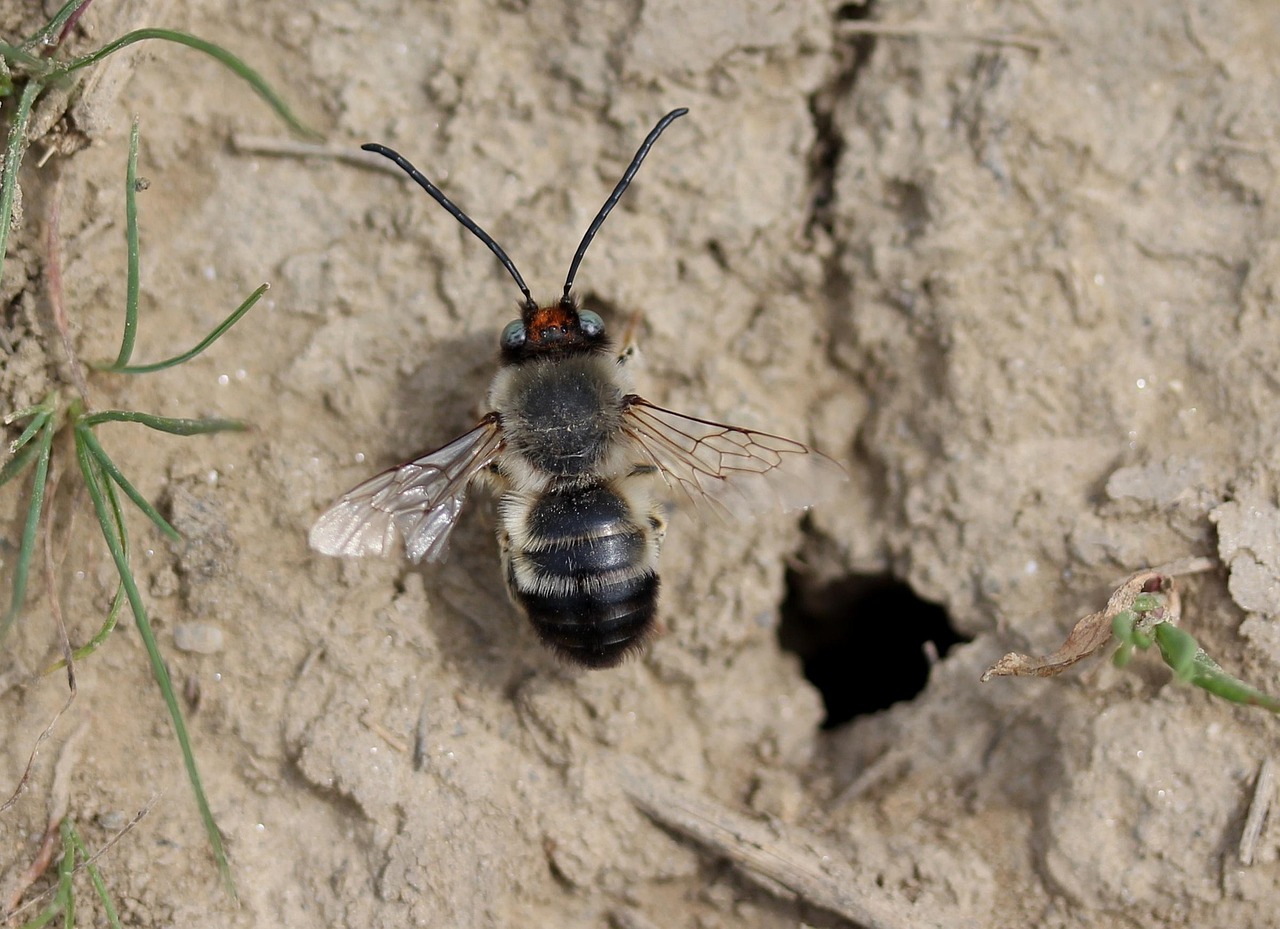
When wildfire approaches, countless insects don’t panic or attempt to outrun the flames. Instead, they execute a carefully orchestrated disappearing act that would make any magician jealous. These tiny creatures burrow deep into soil, leaf litter, and rotting logs, creating protective shelters that shield them from the intense heat above.
The depth of their retreat varies dramatically by species, but many insects can burrow several inches to over a foot underground. This might not sound impressive, but for a creature measuring just millimeters in length, it’s equivalent to a human digging down 30 feet or more. The soil acts as nature’s perfect insulation, with temperatures dropping significantly just inches below the surface.
Masters of Metabolic Shutdown
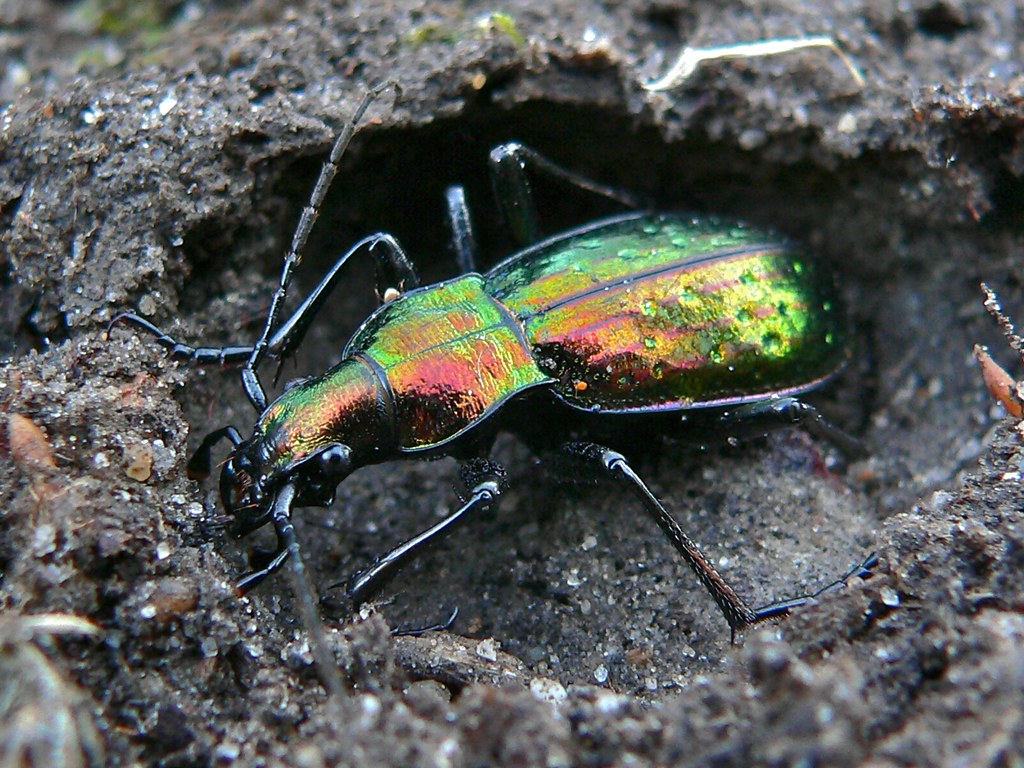
Once safely tucked away in their underground havens, these insects perform perhaps their most incredible trick: they essentially hit their biological pause button. Their metabolic processes slow to a crawl, resembling a state somewhere between deep sleep and suspended animation. Heart rates plummet, breathing becomes almost imperceptible, and energy consumption drops to survival minimums.
This metabolic shutdown, known as torpor, allows insects to survive for weeks or even months without food or water. It’s like switching from a gas-guzzling sports car to an ultra-efficient hybrid mode. Some species can reduce their metabolic rate by up to 90 percent, making their limited energy reserves last far longer than seems possible.
Temperature Tolerance Champions
The ability to withstand extreme temperatures sets fire-surviving insects apart from their less resilient cousins. Many species have evolved specialized proteins called heat shock proteins that act like molecular bodyguards, protecting vital cellular components from damage. These proteins spring into action when temperatures rise, essentially wrapping around other proteins to prevent them from unfolding and becoming useless.
Some insects can survive soil temperatures that would quickly kill most other creatures. Ground-dwelling beetles, for instance, have been found alive in soils that reached 140 degrees Fahrenheit during fires. Their cellular machinery has adapted to function even under these scorching conditions, though they typically retreat to cooler depths when possible.
Timing is Everything

Fire-resistant insects possess an almost supernatural ability to sense approaching danger long before flames become visible. They detect subtle changes in humidity, temperature, and even chemical signals released by burning vegetation. This early warning system gives them precious time to find suitable shelter and prepare for the ordeal ahead.
The timing of their underground retreat often determines survival success. Insects that burrow too early may exhaust their energy reserves before the fire passes, while those that wait too long risk being caught in the initial blast of heat. Evolution has fine-tuned their internal alarm systems to hit this sweet spot with remarkable precision.
The Soil Sanctuary Strategy

Not all underground hiding spots are created equal, and fire-surviving insects have become experts at real estate selection. They prefer areas with higher moisture content, organic matter, and loose soil structure that’s easier to penetrate. Rocky soils and areas with heavy clay content offer poor protection and difficult digging conditions.
Many insects seek out spots near tree roots, fallen logs, or areas where leaf litter has accumulated. These locations often provide better insulation and may retain moisture longer during fires. The organic matter also creates small air pockets that can serve as additional insulation and provide tiny reserves of oxygen during their underground stay.
Beetle Brilliance in Fire Survival
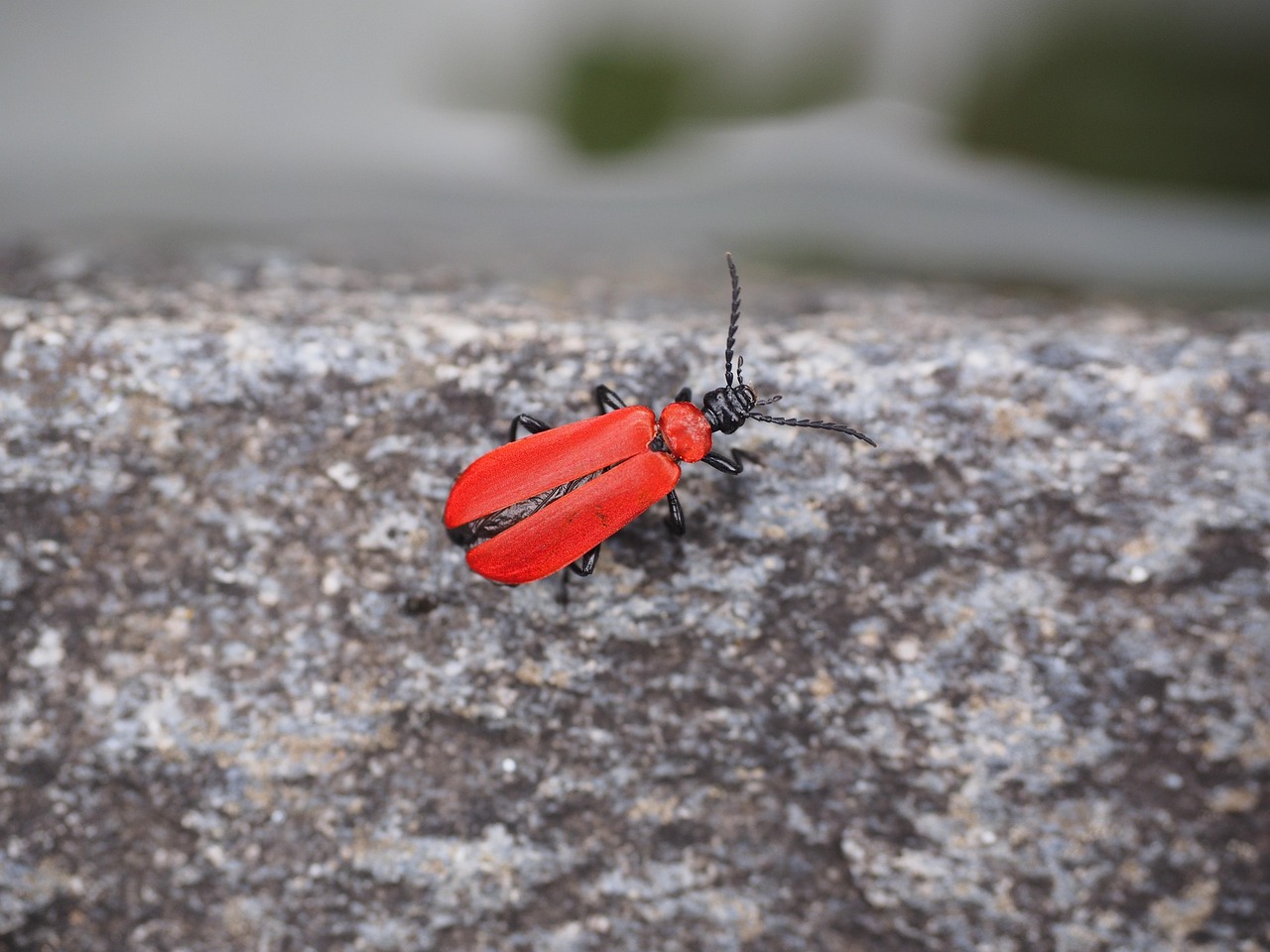
Ground beetles represent some of the most impressive fire survivors in the insect world. These armored insects don’t just hide from fire – they’ve evolved to actually benefit from it in some cases. Many species have developed reflective exoskeletons that help deflect heat, while others produce special chemicals that provide additional protection against high temperatures.
Some ground beetles can remain active even in moderately heated soil, continuing to hunt smaller prey that are less adapted to fire conditions. This gives them a competitive advantage in the post-fire landscape when food sources are scarce. Their robust build and efficient metabolism make them true champions of wildfire survival.
Ant Colonies and Collective Survival
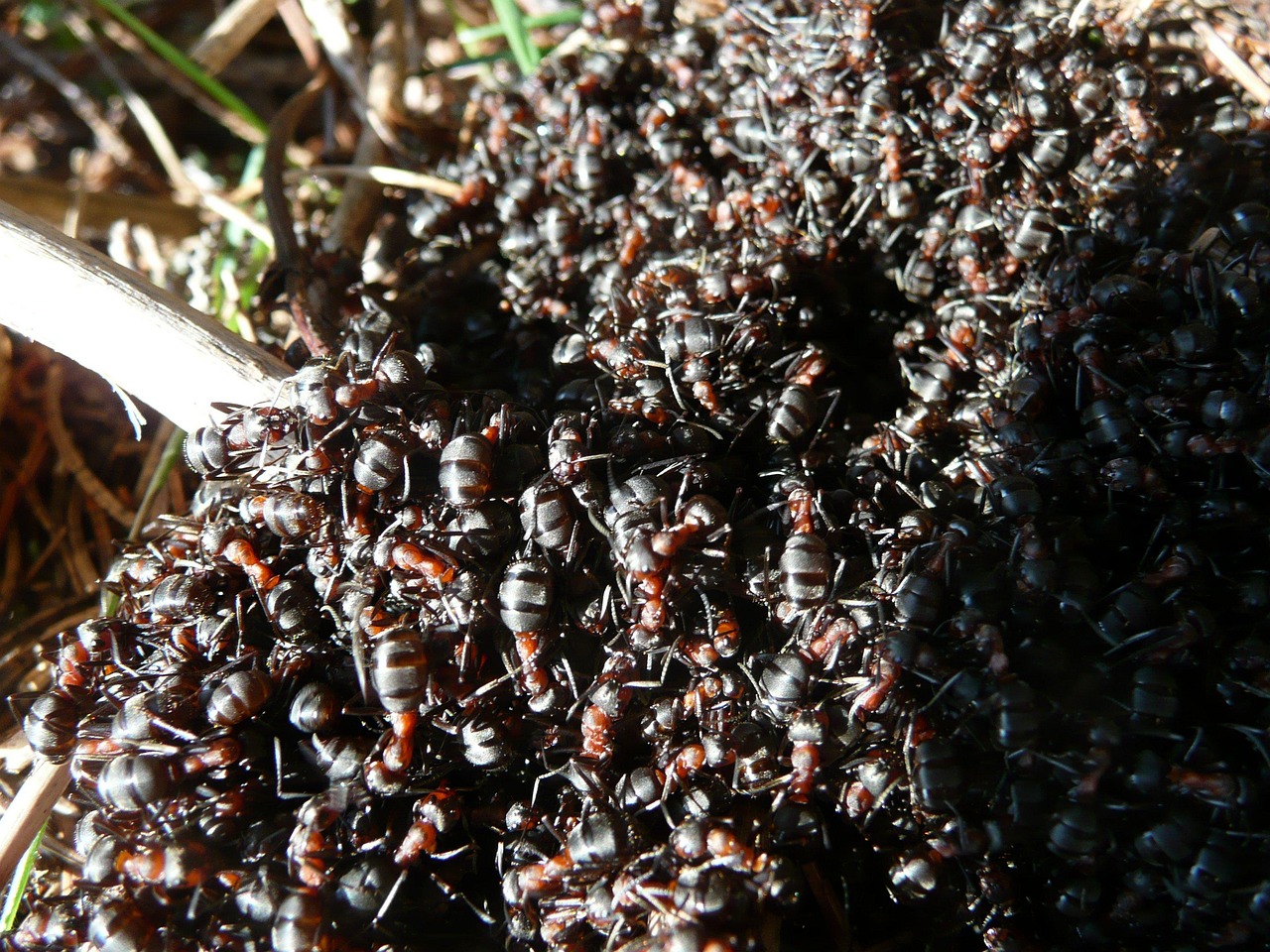
Ants take the underground survival strategy to an entirely different level through their complex social organization. When fire threatens, entire colonies can disappear into their intricate tunnel systems, sealing entrances and creating multiple escape routes. Worker ants form living chains to move larvae, pupae, and food stores to the deepest, safest chambers.
The collective intelligence of ant colonies allows them to make split-second decisions about evacuation timing and shelter locations. Some species have designated “fire wardens” that monitor surface conditions and signal when it’s safe to emerge. This coordinated response dramatically increases survival rates compared to insects that face fires alone.
Grub Life and Larval Advantages
Insect larvae and grubs often have natural advantages when it comes to surviving underground during fires. Many species already live in soil or rotting organic matter, making them perfectly positioned to weather the storm. Their soft bodies are often more flexible than adult insects, allowing them to squeeze into smaller protective spaces.
Grubs also tend to have higher water content in their bodies, which helps them resist dehydration during extended periods underground. Some species can absorb moisture from the soil around them, essentially drinking their shelter. This adaptation proves crucial when fires create prolonged dry conditions that would quickly kill less adaptable insects.
The Molecular Machinery of Survival
At the cellular level, fire-surviving insects operate sophisticated molecular machinery that would impress any biochemist. Special enzymes help repair DNA damage caused by heat stress, while antioxidant systems work overtime to neutralize harmful molecules produced during temperature extremes. Cell membranes become more rigid to prevent leakage, and energy production shifts to more efficient pathways.
Some insects produce natural antifreeze proteins that also function as heat protectants, demonstrating nature’s tendency to create multi-purpose solutions. These molecular adaptations often work in concert, creating a comprehensive defense system that protects every aspect of cellular function during fire events.
Breathing Underground During Fires
One of the most challenging aspects of underground fire survival involves managing oxygen levels and carbon dioxide buildup. Insects have evolved remarkably efficient respiratory systems that can extract oxygen from surprisingly thin air. Many species can survive on oxygen concentrations that would quickly suffocate larger animals.
Some insects create small air pockets by positioning themselves in specific ways or by using their body segments to maintain breathing spaces. Others can actually absorb oxygen through their skin when traditional breathing becomes difficult. This respiratory flexibility proves essential when fires consume surface oxygen and alter atmospheric conditions in underground spaces.
Water Conservation Masters
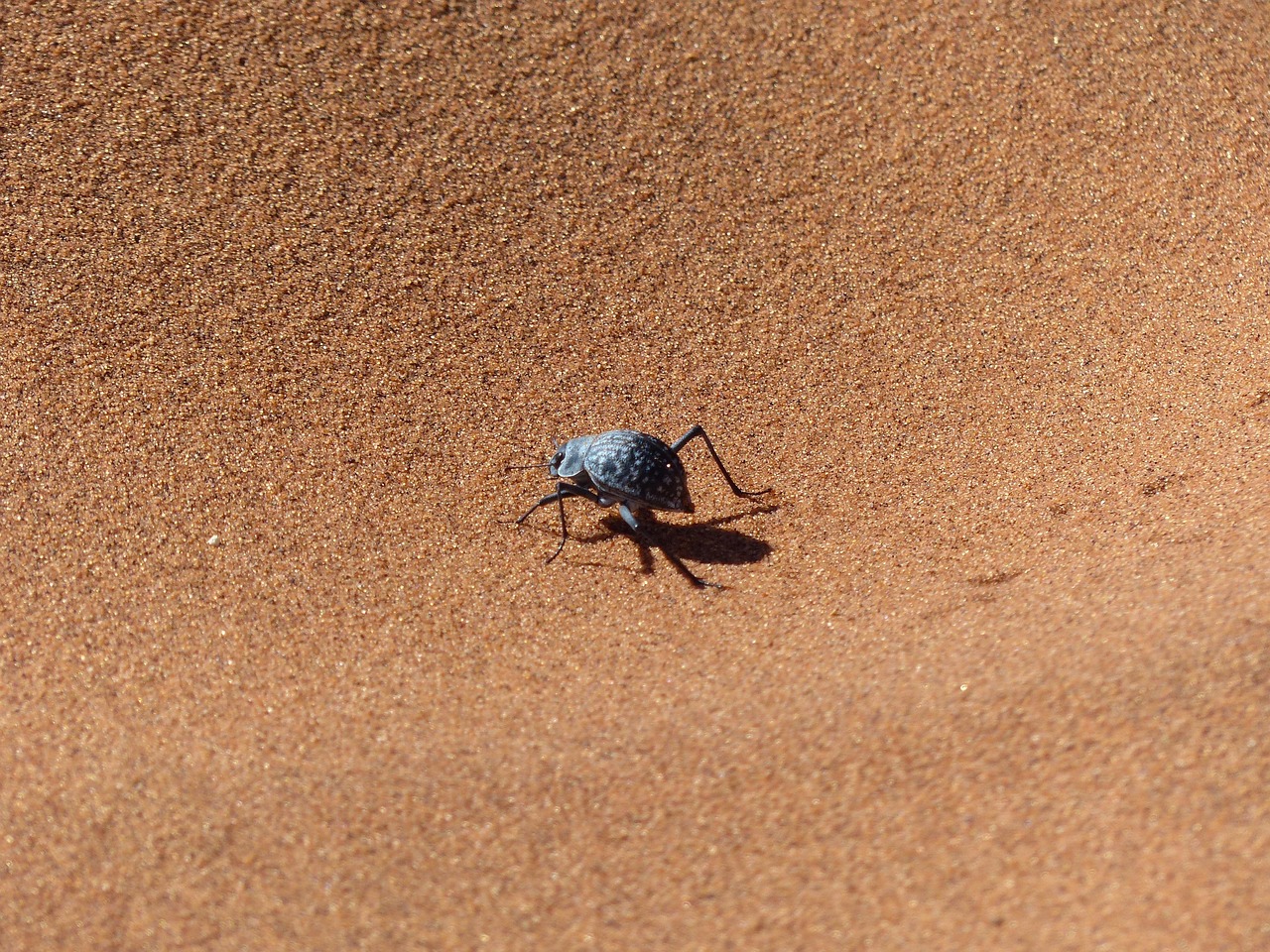
Surviving underground during fires requires exceptional water conservation skills, as dehydration poses a constant threat. Fire-surviving insects have evolved incredibly efficient kidneys that can recycle water with minimal loss. They also possess specialized cuticles that prevent water from escaping through their exoskeletons.
Many species can enter a state called cryptobiosis, where they essentially mummify themselves by removing most water from their bodies. This extreme dehydration makes them incredibly resistant to heat and allows them to survive in conditions that would quickly kill hydrated insects. When moisture returns, they can rehydrate and resume normal activity within hours.
Post-Fire Emergence and Recovery
The decision of when to emerge from underground shelters requires careful timing and environmental assessment. Insects use various cues including temperature changes, humidity levels, and chemical signals to determine when it’s safe to return to the surface. Emerging too early can be fatal, while waiting too long may result in missed opportunities for food and reproduction.
The post-fire landscape often presents both challenges and opportunities for surviving insects. Competition for resources may be reduced, but food sources are also scarce. Many fire-surviving species have evolved rapid reproduction strategies that allow them to quickly take advantage of the temporarily vacant ecological niches left by less fire-adapted species.
Evolutionary Advantages of Fire Adaptation

The ability to survive wildfires provides enormous evolutionary advantages in fire-prone ecosystems. Insects that can weather these periodic disasters often find themselves in environments with reduced competition and abundant resources once conditions improve. This has led to the evolution of specialized fire-adapted species that actually depend on periodic burns for optimal habitat conditions.
Over millions of years, natural selection has favored insects with increasingly sophisticated fire survival mechanisms. Today’s fire-resistant species represent the culmination of countless generations of evolutionary refinement, with each trait carefully honed to maximize survival chances during these catastrophic events.
Climate Change and Future Challenges
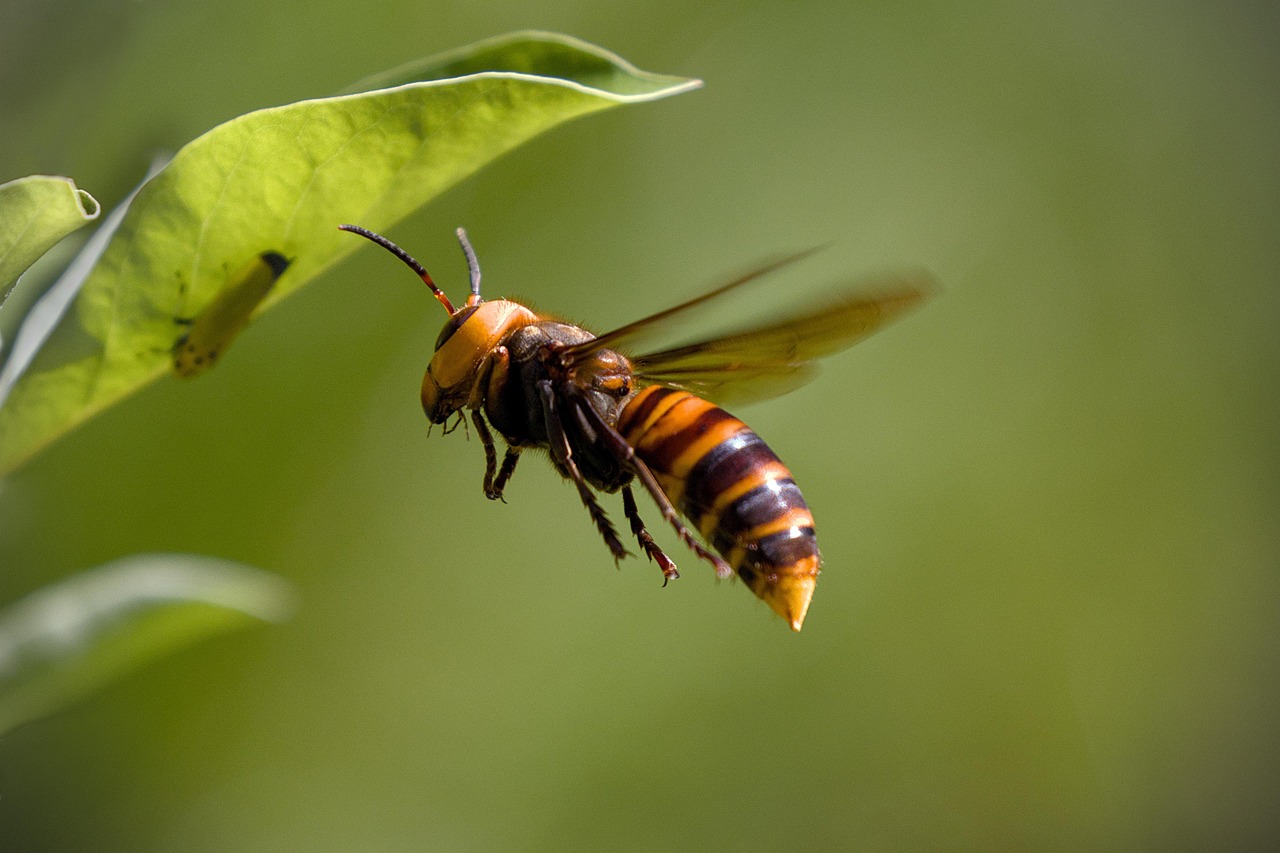
As climate change intensifies wildfire frequency and severity, the survival strategies of fire-resistant insects face unprecedented challenges. Higher temperatures, longer drought periods, and more intense fires may push even the most adapted species beyond their limits. Scientists are studying how these remarkable creatures might adapt to changing conditions or whether some populations face extinction.
The increasing severity of wildfires also affects soil conditions and moisture levels that insects depend on for survival. Deeper burns can penetrate further into soil layers, potentially eliminating previously safe refuge areas. Understanding these changes becomes crucial for predicting which species will continue to thrive and which may need conservation assistance.
These tiny masters of survival remind us that nature’s most impressive adaptations often come in the smallest packages. Their ability to essentially disappear into the earth and emerge unscathed from catastrophic fires demonstrates the incredible resilience that can evolve when survival depends on it. As we face an era of increasing environmental challenges, perhaps we can learn something from these underground champions about the power of preparation, patience, and the remarkable strategies that life develops to endure even the most extreme conditions. What other survival secrets might be hiding beneath our feet, waiting to be discovered?

